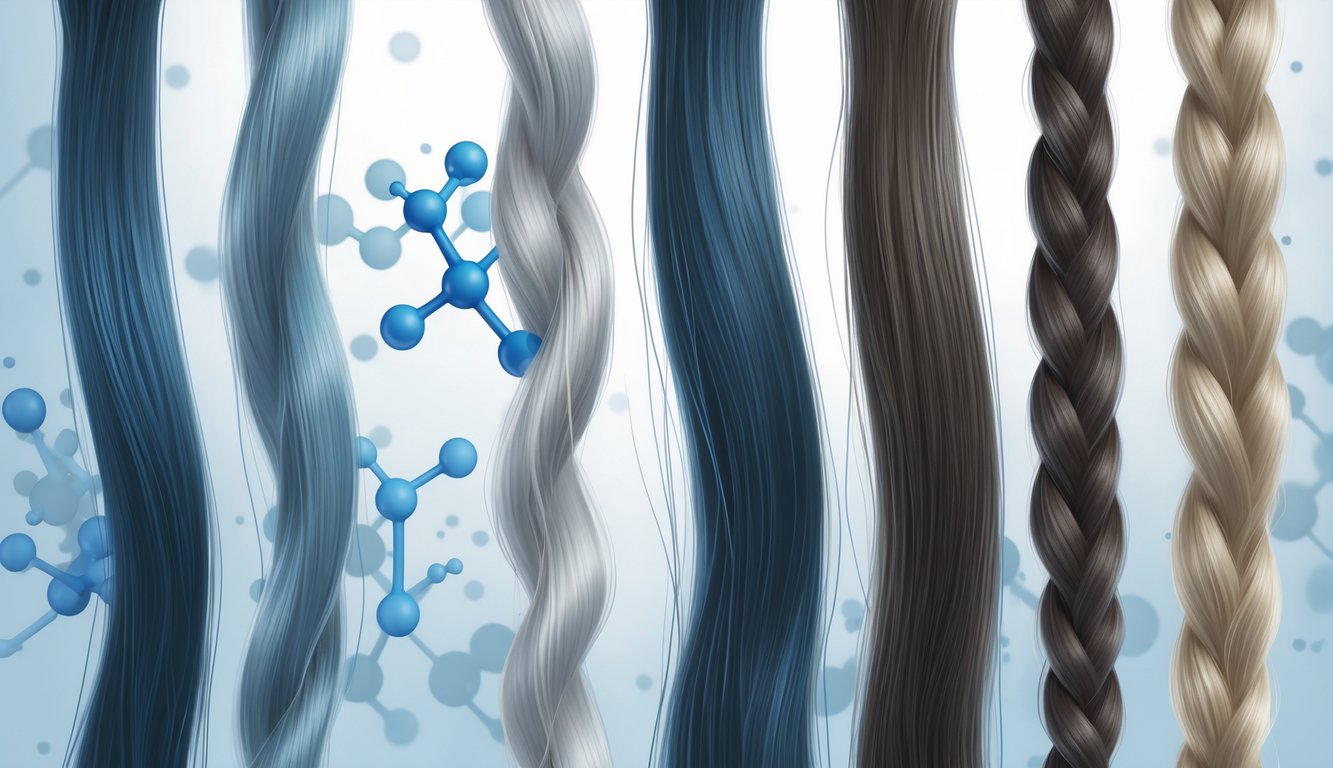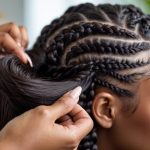
Scientific Explanation for Dullness in Strands

Honestly, I’m not surprised anymore. Permanent dye just keeps draining the life out of my hair, and I keep blaming my shampoo like an idiot. It’s not just surface-level drama—it’s biology.
Disruption of Hair Follicle Function
Dye just bulldozes past the cuticle, straight to the cortex, dragging ammonia and peroxide with it. I used to think dullness was just on the outside. Nope—damage goes deep. Studies (see PMC) say permanent dye’s oxidative magic stresses follicles, so you get weird breakage and patchy growth.
A dermatologist once told me, “Repeated oxidative stress can cause the follicle to produce weaker, thinner hair,” and honestly, that’s haunted me ever since. Every time you dye, you’re not just adding color—you’re making your follicles’ lives harder. That’s why hair nerds (trichologists) say you have to care about follicle health if you want real shine. I might as well dye my pillowcase for shine, because my hair’s over it.
You’ll notice it before you see it: more fallout, rougher texture, less bounce. Not a myth—repeated dyeing (see this ScienceDirect analysis), especially if you’re stubborn about going lighter, means your hair is getting hit at the cellular level. Who knew your scalp could get so cranky just from covering grays?
Loss of Natural Shine
Silicone shampoos and oils? They’re just faking it. Permanent dye wrecks shine before conditioner even gets a chance. The cuticle, which is supposed to protect your hair, gets stripped by bleach and dye, and then everything’s a mess. I read in New Scientist that the rough surface left behind scatters light, so you lose gloss no matter how much serum you slather on.
After a few rounds of dye, hair gets weird—negatively charged, waterlogged, almost spongy. Science people say you’ll feel it as dullness, but technically, it’s just cuticles that never lay flat, hair that soaks up water, and a desperate need for moisture that never goes away. My stylist used to say, “It’s not dryness, it’s dullness,” and I thought she was just making excuses. Now I track products like a crazy person: silicone conditioners hide the problem until my next wash.
It’s just this loop—damage, disguise, wash, disappointment. No matter what, the dye’s changed the inside of your hair. If you care, don’t trust the mirror; run your hand down your hair. Does it snag? That’s not just a tangle, it’s proof. Now I check for that every morning, staring at my shelf full of failed products and shine sprays that don’t deliver.
Connection Between Hair Dye and Hair Loss
There’s no “undo” when your hair starts falling out after a dye job. It’s honestly the weirdest feeling—finding little bits of last week’s color stuck to your pillowcase or clogging the drain. Breakage is everywhere, and for some reason, no two ends ever snap in the same place.
Mechanisms of Hair Loss
So, hair dye. You think you’re just covering roots, but then you’re deep-diving at 1 a.m. into ammonia’s effect on protein structures and, honestly, regretting every decision. Most box dyes (and, yeah, every salon I’ve ever trusted) rely on chemicals like para-phenylenediamine (PPD), ammonia, and peroxide. Dr. Abdullah—he’s a trichologist, apparently—told me permanent dye can basically break into your hair shaft and trash those internal bonds. He compared it to snapping cooked pasta, which is gross and, for some reason, exactly how my hair feels after a bad bleach job.
Permanent color? It busts up your natural melanin, then shoves its own pigment in after blowing up the cuticle. That leaves weak spots everywhere. I keep hearing “just use semi-permanent!” but, honestly, those still rough up the cuticle, just less violently. And if you’re like me—impatient, addicted to heat, skipping conditioner—damage stacks up fast. Dyed hair is so much more fragile, it’s wild. Breakage isn’t a maybe; it’s just waiting for its moment. I’m staring at this brown, half-eaten apple on my desk and, no joke, it’s got the same vibe as my split ends after a round of bleach. If only apples had cuticles, right?
Potential for Alopecia
No one cracks open a box of black dye hoping for bald spots, but, uh, it happens. There’s this NIH case report—permanent black dye linked to alopecia totalis. (Treatments? Sulfasalazine and cyclosporine, which, like, you’re not grabbing at CVS.) Here’s the link if you’re morbidly curious: NIH case report on hair dye and alopecia.
Stylists always say, “Try henna or plant-based color!” Sometimes it works, sometimes your hair goes full science experiment, especially if you’ve got peroxide leftovers. I had this one colorist (nineteen years in the game, so she’s seen things) who said, “Don’t do three full-head lightening sessions in one week unless you want to see your scalp glint in the mirror.” Is it common to lose hair forever from dye? Not really. But chemical burns or allergic reactions? Absolutely. All those “ammonia-free, vegan, silk protein” promises don’t change the fact that chemical trauma is still trauma. I’d love to pretend I’m immune, but my hairline keeps creeping back every time I “upgrade” to a new shade of blonde. Cool.



